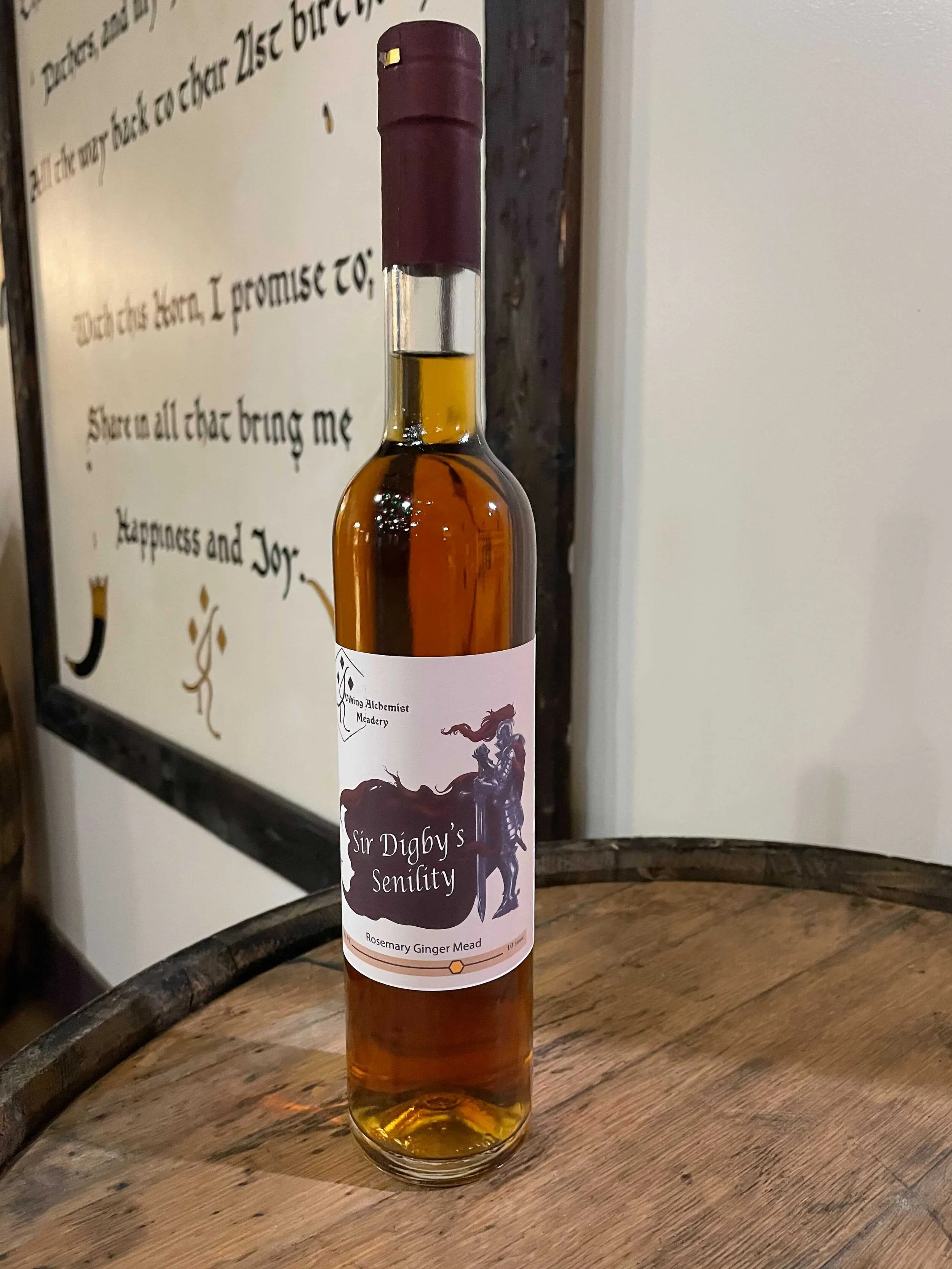Rebooting Mead for a Modern Society
We’re not sure why mead hasn’t gotten as much attention as the Paleo diet, but it should!
It’s the same idea… going back to our roots when things were simpler and less industrialized, Our ancestors (brilliant partiers, it must be added) stumbled upon mead by accident and found a great way to smooth over the rough edges of a hard day of hunting and gathering. This is before the days of true agriculture, when much of what was used by humans was found in the wild.
How Did Mead Get Started?
in the simplest terms, mead is fermented honey and water. Yeast, occurring naturally, invades some wet honey and creates an alcohol. There is no question that this was a surprising and, probably, really weird find. But it was so popular that every culture, worldwide, discovered and later fermented mead. There weren’t many other options available to get on a good buzz without killing yourself. So this naturally occurring alcohol became the preferred drink of our ancestral partiers.
It Was Everywhere
Since honeybees exist across the world, there was an easy source of honey that every culture would have access to and be able to harvest. Once an enterprising villager figured out how honey fermented, it was easy to replicate. Granted, it might not have tasted amazing, at first, but it was alcohol! Every village wanted a little more party, and the bees were happy to help.
Mead at the Center
Over millennia, mead making became the center of festivities capturing the label “Nectar of the Gods.” While many westerners associate mead with the Vikings, it was not exclusive to them. This association is simply a by-product of western literature, documenting the mead halls, cups and horns with the Norse. Mead was everywhere, being perfected and refined.
Wait… We Can Make It Better?
Like all things… Mead makers sought to improved their product, adding more ingredients, refining their yeasts, creating more consistency. Enter the Melomel, a mead brewed with fruits and berries. The first branch of meads offered new flavors and unique profiles that would be different by region and season. Much like bread, there was suddenly an infinite variety on the basic recipe. The Melomel is likely the first mead a modern enthusiast will try. Most of these recipes have been lost or changed dramatically over the centuries.
Every Empire Must Fall… Even Mead
Given how foundational mead is, it is a curiosity as to why it isn’t more popular. The answer is simple: Industrialized Agriculture. Grains and grapes can be grown faster and cheaper than honey can be harvested. Once beer and wine were invented, mead became an expensive luxury in most regions, restricted to particular circles. Even today, it is more expensive to create mead than it is to create cider or most wine (think 2 buck chuck). So mead faded to the ages.
What kept It Alive?
Truth is, it never really left. There were always cultures or sub-societies that kept making mead. The monks during the medieval times were famous for their apiaries. But even they reduced their enthusiasm when they discovered how much easier beer is to produce. Throughout time, though, there has always been an affinity for mead because of its focus on simplicity and natural ingredients.
Today, mead is experiencing a renaissance because of the connection to nature and cleaner living that many modern drinkers have embraced. As people learn more about mead, they become more enchanted with the idea.
Mead for the Modern Palette
Meaderies today have been creating spectacular flavors that our ancestors could only have imagined. In a good meadery, you will find a breadth of profiles ranging from sweet to dry. The most modern addition has been carbonation. Sparkling meads are truly a modern invention, offering an effervescent experience impossible with traditional methods. It’s these explorations that have updated the drink and made it not just accessible but preferable to a wide audience.
Some meaderies have been experimenting with ancient recipes. Our label “Sir Digby’s Senility", for instance, is based upon a very old English recipe from The Closet of Sir Kenelm Digby Knight Opened (1669) a renowned collection of mead recipes. The original mead recipe from Sir Digby included ginger and a strong rosemary flavor and aroma. After aging for over a year, our version of Sir Digby's has mellowed, with the ginger being far more subdued and the rosemary more subtle, as a background note, present but not overpowering.
It’s difficult to know what the original would have tasted like, as almost all herbs today have been cultivated, but it is an intriguing peek into the past. Additionally, many meads of the past were treated as medicines, having stronger astringent flavors we would not enjoy today.
Finding a Meadery Near You
There are currently about 200 meaderies in the US, today. It is very likely there is one near you that you can go and visit. The culture is one of enthusiastic education with professionals who would love to tell you about their craft. Ask about the history, the process and how they got into it. Most meaderies are also sourcing local ingredients, helping to support your community. When you buy mead, you are keeping a tradition going that has been with us for over 5,000 years. It is as close as you will ever come to walking in your ancestors shoes and tasting what they tasted.
Would You Like to Learn More?
There is a growing online community around mead. If you’re interested in learning more about mead and building your own personal palette, we suggest Got Mead.
